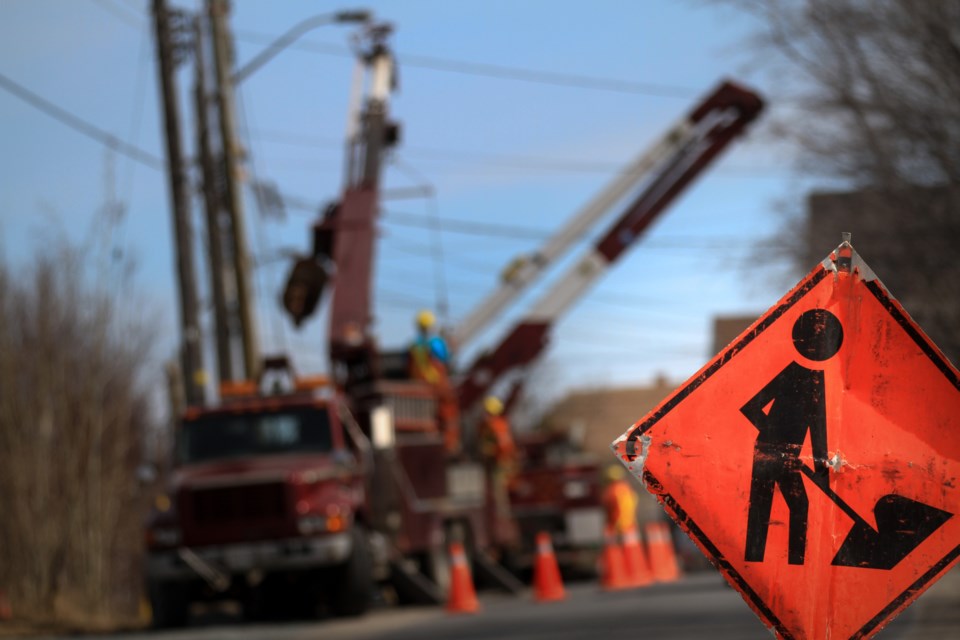The push toward green energy is increasing the demand for the electricity distributed by Greater Sudbury Utilities.
This is the chief challenge company president and CEO Frank Kallonen highlighted during their recent annual general meeting at Tom Davies Square.
Local estimates aren’t available, but Kallonen pointed to the Independent Electricity System Operator’s Pathways to Decarbonization Report, in which it’s estimated Ontario’s electricity system will need to more than double its capacity by 2050.
This includes a jump from 42,000 megawatts to 88,000 megawatts, at a total cost of approximately $400 billion.
As an electricity distribution company, Greater Sudbury Utilities has been gradually increasing its capacity every time a piece of infrastructure needs to be replaced. Their aim is to scale upgrades to meet needs 50 years in the future.
This year, they’re undertaking a voltage conversion project in Sudbury’s West End, and next year will see them renew their Marttila substation, an open-air facility located near Gloria’s Restaurant on Marttila Drive.
Both projects will result in increased capacity, Kallonen said, noting that every time they go in for a project their upgrades will naturally upgrade capacity by virtue of using new technology.
The wiring of several decades back has a smaller gauge than that of today, he said, noting that various upgrades accompany these projects to help bolster capacity.
The Marttila substation project, estimated to cost a few million dollars, will roughly double its capacity.
“This isn’t something that can happen overnight,” he said, adding that they have 30 substations between Greater Sudbury and West Nipisssing.
“We need to make sure that we do it in a way that does not increase distribution rates beyond the general economy or inflation.
“We’re getting onto the track of doing one every couple of years, because we have 30 of them, they last for 50 years, you can’t slack off.”
Since 2018, they’ve upgraded five substations.
Making the project even more challenging is Mayor Paul Lefebvre’s oft-repeated push to increase Greater Sudbury’s population to 200,000 by 2050.
“That’s a good challenge to have, that means we’re putting more connections onto the system, that means there are more customers sharing the cost of the system, so we like those challenges,” Kallonen said.
Aiding in their effort to boost capacity is the fact fewer people are relying on electric heat, thereby freeing up capacity for other efforts.
In 1951, 100 per cent of area residents relied on electricity for heat. By 2013, this dropped to 65 per cent, and by 2022 had declined to approximately 47 per cent.
Some other figures to come out of Greater Sudbury Utilities’ recent annual general meeting include:
- The Sudbury Landfill Site’s facility that converts landfill gasses into electricity generated 5.75 million kWh of electricity last year, which is enough to power approximately 700 homes for a year. This gas would have otherwise been flared and wasted.
- The average electricity outage frequency last year was 1.62, and the average duration was approximately 69 minutes.
- Squirrels caused 56 outages last year, and Greater Sudbury Utilities is in the process of installing squirrel guards to minimize outages
Tyler Clarke covers city hall and political affairs for Sudbury.com.
